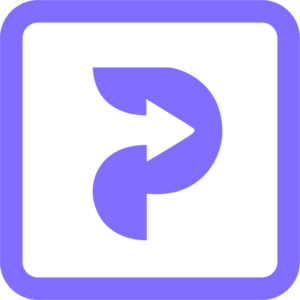$0 Raised
GapNurse
Invest Now
GapNurse
Invest Now
Raised
$0
Days Left
Closed
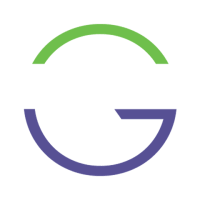
Business Description
At GapNurse, we are on a mission to overcome ongoing staffing challenges and revive the health industry. Our FOCUS is and has always been – SIMPLIFICATION. We have developed a complex technology that is simple to use and caters to both existing employees and independent contractors available to care for people in need. Our goal is to provide nurses and health workers with a comfortable and stress-free working environment.
We find the best matches between licensed caregivers and the facilities that need them. Nurses using the GapNurse Mobile App can select their schedule and choose assignments that match their skills, experience, and comfort level. The platform makes it easier for these Clinicians to choose jobs based on their credentials, licenses, and skills. They can store these credentials on our platform in their secure vault for easy retrieval when needed. The technology allows providers to lower their recruiting and retention costs while offering clinicians higher hourly pay and even same-day pay. Nurses gain more experience and have an opportunity to discover specializations as they become introduced to various medical disciplines.
Nurses gain access to all these features through the GapNurse mobile app available on Google Play or the Apple Store. For Facility Managers, the GapNurse platform offers a proprietary portal for posting assignments to both employees and thoroughly vetted independent contractors and matched as shifts require. The distribution of orientation and training materials happens at the speed of light, and employee response eliminates employee favoritism concerns. Facility Managers easily meet or exceed required staffing ratios by clinicians who want to work. The app also features a geolocation service that makes it easy for a nurse, who may be unfamiliar with an assignment location, to get to the site without hassle.
For ages, nurses have been the face of patient care. But the work can be physically and emotionally exhausting and often takes a toll on their personal lives. Although staffing agencies have traditionally filled short-term staffing needs, they’ve failed to evolve. These agencies, together with a global nursing shortage, are causing financial and regulatory hardships for governments and healthcare employers, adding stress to the lives of most nurses and the people they care for. Before the Covid pandemic caregivers were burnt out and leaving nursing in record numbers.
By 2030, more than 50 million Americans will require some type of severe long-term service and support but 75% of employers in post-acute care (nursing homes, long-term care centers, home healthcare, hospice) don’t believe they have the financial ability to make it to 2022 unless something changes.
Our MVP was completed in December of 2019. At that time, Covid wasn’t recognized as a problem. Then, all of a sudden, Covid hit hard. The facilities we were working with went into lockdown, but the conversations continued. We were contacted by government officials. They’d heard we were out there, helping get nurses where and when they were needed most, but we were only in an MVP stage. Together we realized that if something isn’t done when another crisis comes along, people will be in a lot of trouble. We also realized that we can’t limit ourselves to post-acute care down the road, but we had to start somewhere. From there, we pulled our resources together and completed the full-scale development of what is GapNurse today. The build was completed in April 2021 and we started early marketing efforts in May.
Today, post-acute care facilities are using the GapNurse platform to replace staffing agencies because of the cost savings, better staff retention and improved patient outcomes due to better communications and training.
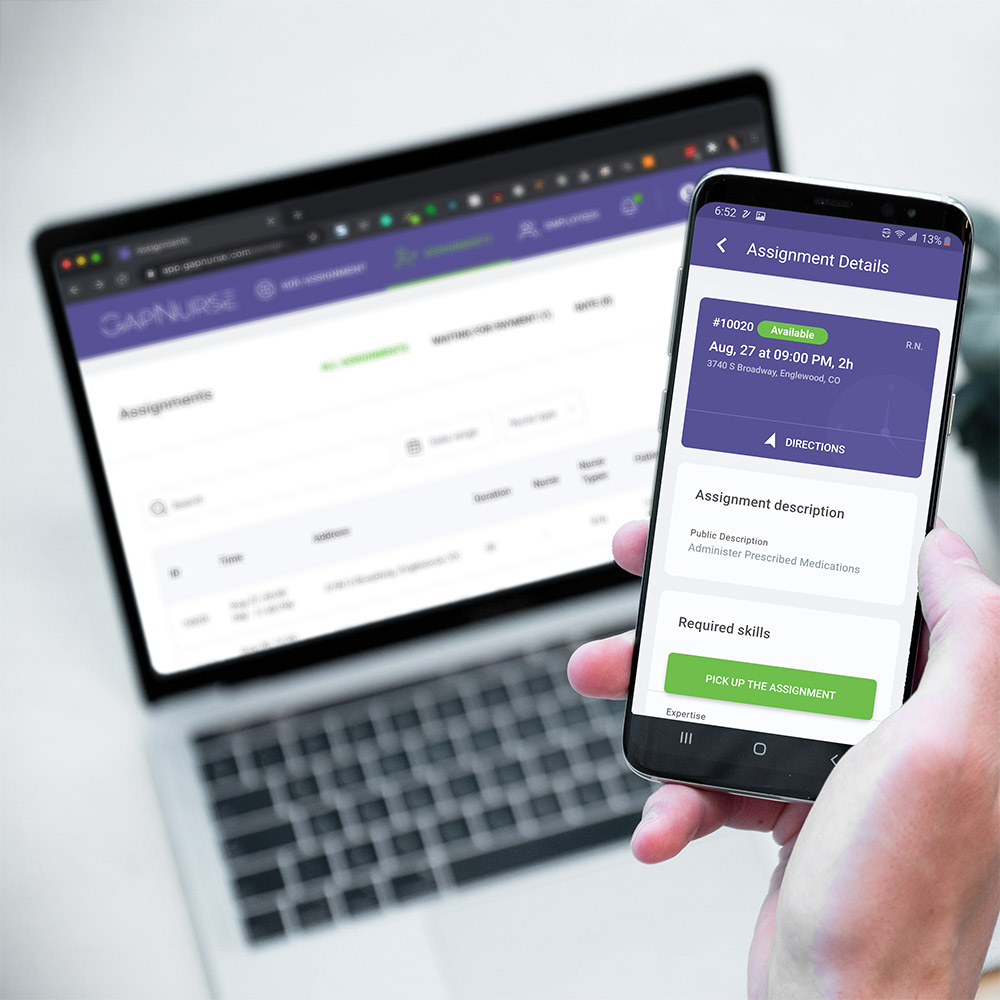
Problem
The Cost and Effects of Turnover in the Nursing Industry
Nurses have reached their breaking point. When Covid first hit, they grew exhausted. When vaccines became available, they had a reason to hope things would soon be under control. For a while, they caught their breath. Today, we’re hearing about the Delta variant and how ICUs across the U.S. are overwhelmed. As of this writing, a Lambda variant is surfacing This time its different and John Hopkins Resource Center and the World Health Organization believe it may be resistant to vaccines. Nurses are exhausted and giving up; they’re quitting nursing altogether.
The cost of nurse turnover can have a considerable impact on a hospital’s profit margin. According to the 2016 National Healthcare Retention & R.N. Staffing Report, the average cost of turnover a nurse ranges from $37,700 to $58,400. Hospitals can lose $5.2 million to $8.1 million annually. The turnover rate for R.N.s continues to rise. Turnover statistics for bedside R.N.s in 2014 were 16.4 percent, and they rose to 17.2 percent in 2015. Behavioral health and emergency medicine and surgery nurses also have a high turnover rate, but certified nursing assistant (CNA) nurses recorded the highest ratio at 23.8 percent.
As of March 2016, Streamline Verify ranked healthcare as a third of the top three industries with the highest turnover rates. Streamline Verify also found that 43 percent of newly licensed nurses who work in hospitals leave their jobs within three years. Additionally, 33.5 percent resign after two years, and 17.5 percent work for only one year. The overall vacancy rate for nurses is a little over 7 percent. When nurses leave a healthcare organization, they create a vacancy that can affect the cost of operation. The vacancy is also costly to other nurses, who may have to work overtime and experience burnout due to long hours and a high patient load.
A report published by Nursing Solutions, Inc. found that the average time it takes to fill a nursing position is 85 days – and more than three months for a specialized nursing position. The costs associated with filing a vacancy can include the following: employing in-house recruiters, job postings, applicant tracking systems, and hiring third-party staffing firms, not to mention the toll it places on existing staff with overtime requirements and emotional stresses.
Also, an increase in turnover will put most elderly citizens at risk because of the expanding population of citizens over the age of 65. The U.S. market for elder care services will exceed $700 billion in 2026, assuming there is a large enough workforce to contribute to the healthcare industry. The rising prevalence of dementia, Alzheimer’s, heart disorders, respiratory ailments, and mental disorders is contributing to growth and activity in the long-term care setting over the coming years. While home healthcare dominates the market in terms of revenue, other care sectors, including hospice, assisted living, nursing care, and independent living, fuel provider expansion. There is a need to end the ongoing turnover and develop strategies that will actively motivate nurses to engage in their jobs.
Projected Need in the Workforce
With the increased demand in Labor, so many hospitals have introduced new approaches that are costly when dealing with staffing. The most popular strategies used to meet the scheduling needs include increasing reliance on agency/travel staff, overtime, internal resource pools, and authorizing critical staffing pay.
In 2019, healthcare jobs continued to grow and are trending up for 2020, with 58% of hospitals anticipating an increase in their
total labor force and 59% projecting to increase their R.N. complement. This mandate to hire more employees will further strain Talent Acquisition. While hospitals expect to grow their total and R.N. workforce, only 29.7% anticipate an increase in the recruitment budget, and only 11.8% plan to
increase their recruitment staff. Currently, the ratio of budgeted Full-Time Equivalents (FTEs) in Human Resources to hospital employees is 1:149.
To improve margins, hospitals plan to control labor costs by decreasing reliance (45.7%) on travel and agency staff. When comparing the cost difference between employed R.N.s vs. travel R.N.s, the amount is staggering. For every 20 travel R.N.s eliminated, a hospital can save, on average,
$1,412,000. When viewed against recruitment costs or agency fees, one can see the savings immediately.
For ages, nurses have been the face of patient care. But the work can be physically and emotionally exhausting and often takes a toll on their personal lives. Although staffing agencies have traditionally filled short-term staffing needs, they’ve failed to evolve. These agencies, together with a global nursing shortage, are causing financial and regulatory hardships for governments and healthcare employers, adding stress to the lives of most nurses and the people they care for. Before the Covid pandemic caregivers were burnt out and leaving nursing in record numbers.
By 2030, more than 50 million Americans will require some type of severe long-term service and support but 75% of employers in post-acute care (nursing homes, long-term care centers, home healthcare, hospice) don’t believe they have the financial ability to make it to 2022 unless something changes.
Solution
Here at GapNurse, we are on a mission to overcome ongoing staffing challenges and revive the health industry, spiraling out of control. We find the best matches between licensed caregivers and the facilities that need them. Nurses using the GapNurse Mobile App can select their schedule and choose assignments that match their skills, experience, and comfort level. The platform makes it easier for these Clinicians to choose jobs based on their credentials, licenses, and skills.
GapNurse is NOT a staffing agency but a technology platform that solves staffing issues. Realizing how damaging staffing agency fees and minimums can be to a healthcare budget, we built GapNurse as a modern alternative to an outdated staffing model. Through advanced technology, GapNurse matches well-qualified (meaning we included compliance and background checks in the platform) clinicians (RNs, LPNs, CNAs, Med-Assistants) with healthcare facilities (skilled nursing, assisted living, home health agencies, hospice agencies, and the like) for short-term and temporary assignments.
We understand that healthcare is about people caring for people, but we also recognize that compliance and budgeting enable our care. With
well over a century of direct patient care experience, our mission is to seamlessly connect empowered healthcare workers with those facilities
who value their skills and expertise to promote a safe, affordable and trustworthy community of care.
Nurses who participate in the GapNurse program run through extensive background checks, so facilities can rest assured that they receive the highest quality caregivers. Once vetted, nurses select assignments that fit their schedules and their level of comfort as a nurse. In addition to increased flexibility, the GapNurse platform promotes lower patient costs of care, higher and same-day pay, and access to online learning tools and continuing education.
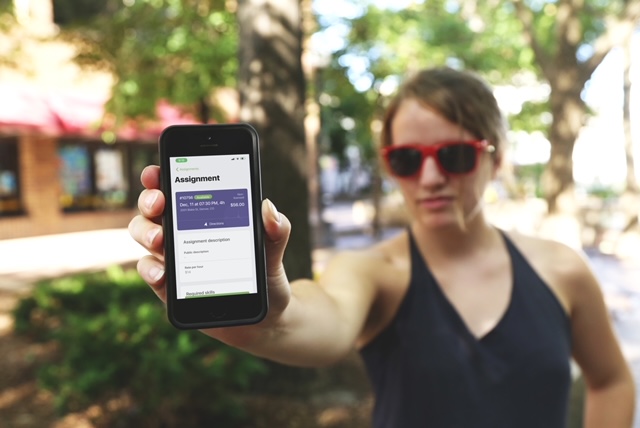
Business Model
GapNurse is a Software WITH a Service technology platform that matches licensed healthcare workers with healthcare facilities who need their services. For nurses, the service is free. Employers select from a few different price models that determine their hourly transaction fees at rates far below traditional and online staffing agency models. Unlike agencies, these employers have total control over who works in their care facilities, and the quality of their workmanship. This leads to a safer environment and higher quality of care. As a bonus, when facilities find their perfect employees, or nurses find their perfect employer, GapNurse facilitates the marriage for a low monthly fee. The GapNurse platform consists of a marketing website with CRM integration, A Facility Manager’s Private Portal, The Platform Manager’s Customer Support Portal and the Nurse’s Mobile app (found in AppStore and Google Play). In addition, the platform includes both a testing environment for product demonstrations and a full-scale HIPAA-Compliant production environment.
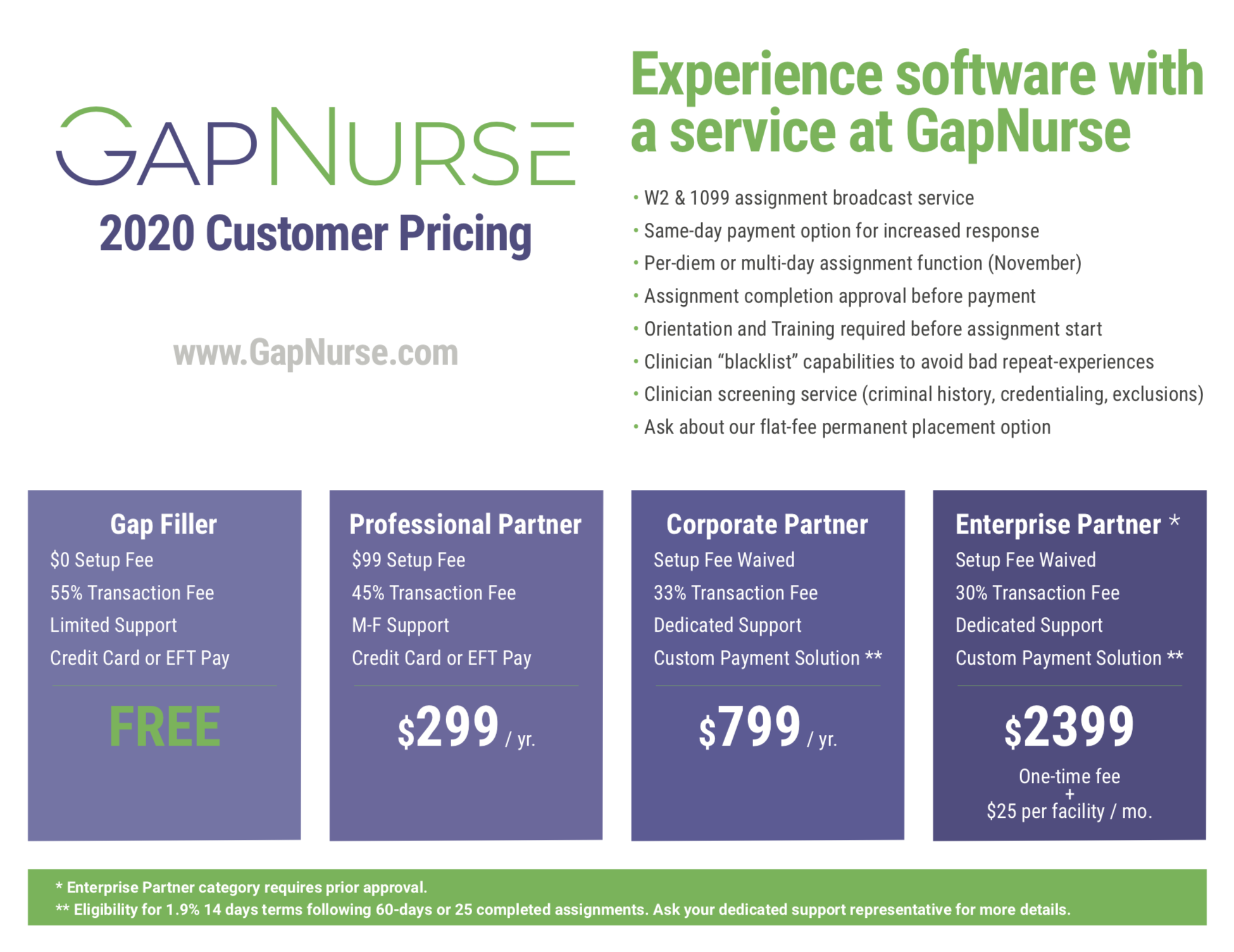
Market Projection
GapNurse was built to satisfy a global nursing crisis and its product is adaptable to any regulated markets. Although our intent is to licensed and white label the technology, by limiting our growth to only post-acute healthcare, our 5-year projections suggest:
1. Operating in 10 States
2. Capturing 12% market share among estimated 20% of agency hours currently in use
3. Capturing 15% of total available facilities in those 10 states
4. Average pay rate of $29.40 (includes CNAs, LPNs, and RNs)
5. Average hourly transaction rate of 30%
6. Post-trasactional revenues over $310 million
Competition
GapNurse competes with both traditional staffing models and new online models. Traditional staffing models are expensive and often cause healthcare facilities to fail compliance audits and cause cultural problems. On average, traditional staffing agencies take 82 days to replace registered nurses, costing employers between $50-90,000. Online models have emerged over the past few year, but are really just online versions of those traditional agencies, with the added benefit of being much faster to filling openings. While both models can fill short and long-term staffing needs, they normally fail to meet the compliance needs of facilities and cripple budgets. In fact, these models, while offering a valuable service in providing much needed staff, contribute to the systemic problems of turnover because of their impact on budget, culture and subsequently patient care.
GapNurse is different. Our holistic approach to engaging and preparing high quality caregivers for specific assignment needs, facility cultures are protected and staff turnover is simply lower. Facility managers rave about GapNurse because they have total control over communications with their employees and contractors and as a first of its kind, they have total control over whether they approve payments to contractors. We are experienced professionals in our industry, with over 120 years of direct patient care between our team members. We’re not just fly-by night opportunists with the ability to write slick code. That’s why GapNurse was built for labor procurement, workflows and budgeting, its that simple!
Protecting nurses and the facilities that employ them is our primary focus. Sure, we can make money along the way, healthcare facilites needing nurses make up a pretty big marketplace. It just so happens that we can be very profitable while alleviating systemic pressures and ultimately, providing a better care environment both patients and the nurses who care for them.
Traction & Customers
Sales began in May, 2021. Since then, we’ve initiated Pilot Studies in 9 regional facilities with affiliates across 1400 locations throughout the US and Europe. Our customers include industry leaders such as: HCR ManorCare/Promedica, Ensign Group/Endura, Anthem Memory Care, Avamere Family of Companies and more. Those customers that are using GapNurse tend to be placing both repeat orders and are now scheduling staffing requests an entire month in advance. In fact, they’re already asking us to expand into their other markets as quickly as practical.

Investors
To date, GapNurse has been self-funded by its Founder(s). In addition, GapNurse was accepted into the KiwiTech Business Startup Program in June, 2021, where KiwiTech will help reduce future technology development costs by up to $300,000.
Terms
This is an offering of Common Stock, under registration exemption 4(a)(6), GapNurse Inc.. This offering must raise at least $10,000 by December 31st, 2022 at 11:59pm ET. If this offering doesn’t reach its target, then your money will be refunded. GapNurse may issue additional securities to raise up to $250,000, the offering’s maximum.
Risks
See Offering Statement; A crowdfunding investment involves risk. You should not invest any funds in this offering unless you can afford to lose your entire investment.
In making an investment decision, investors must rely on their examination of the issuer and the terms of the offering, including the merits and risks involved. These securities have not been recommended or approved by any federal or state securities commission or regulatory authority. The U.S. Securities and Exchange Commission does not pass upon the merits of any securities offered or the terms of the offering, nor does it pass upon the accuracy or completeness of any offering document or literature.
These securities are offered under an exemption from registration; however, the U.S. Securities and Exchange Commission has not made an independent determination that these securities are exempt from registration.
Neither PicMii Crowdfunding nor any of its directors, officers, employees, representatives, affiliates, or agents shall have any liability whatsoever arising from any error or incompleteness of fact or opinion in, or lack of care in the preparation or publication of, the materials and communication herein or the terms or valuation of any securities offering.
The information contained herein includes forward-looking statements. These statements relate to future events or future financial performance and involve known and unknown risks, uncertainties, and other factors that may cause actual results to be materially different from any future results, levels of activity, performance, or achievements expressed or implied by these forward-looking statements. You should not place undue reliance on forward-looking statements since they involve known and unknown risks, uncertainties, and other factors, which are, in some cases, beyond the company’s control and which could, and likely will materially affect actual results, levels of activity, performance, or achievements. Any forward-looking statement reflects the current views with respect to future events and is subject to these and other risks, uncertainties, and assumptions relating to operations, results of operations, growth strategy, and liquidity. No obligation exists to publicly update or revise these forward-looking statements for any reason or to update the reasons actual results could differ materially from those anticipated in these forward-looking statements, even if new information becomes available in the future.
Security Type:
Equity Security
Price Per Share
$1
Shares For Sale
250,000
Post Money Valuation:
$10,250,000
Investment Bonuses!
Regulatory Exemption:
Regulation Crowdfunding – Section 4(a)(6)
Deadline:
December 31, 2022
Minimum Investment Amount:
$
Target Offering Range:
$10,000-$250,000
*If the sum of the investment commitments does not equal or exceed the minimum offering amount at the offering deadline, no securities will be sold and investment commitments will be cancelled returned to investors.

Kevin E. Lundy
Chairman & CEO
BackgroundKevin Lundy, MBA is a 25-year veteran in healthcare and technology and most recently was the founder of Divine Mercy Supportive Care (DMSC), a 501(c)3 nonprofit hospice agency located in Denver, Colorado. He completed undergraduate studies in Economics and Political Science at Regis University (Denver, CO), graduate studies in Law at Western State University College of Law (Fullerton, CA) and Global Finance at the University of Phoenix (Tempe, AZ). In addition, he is a certified Long-Term Care Administrator in the State of Colorado.

Mary K. Sprague, R.N.
Member – Board of Directors (Director)
BackgroundFor more than 25 years, Mary has been a licensed nurse with various responsibilities throughout the healthcare continuum. Early in her career she served as a team member n the world-famous “Baby Fae and Baby Moses” first of its kind cross species heart transplant. Since then, she has served in various staff and nursing director roles throughout acute and post-acute care. Most recently, she was the Director of Nursing with Optum Healthcare Group, a division of United Healthcare Group. As a GapNurse investor, Mary serves on the company’s Board of Directors and directs its compliance and quality assurance initiatives.

Jason Spiller
Director of Technology
BackgroundJason Spiller is an experienced web designer and developer, with recognized design expertise in Sketch, Invision, Photoshop, Illustrator, and coding expertise in HTML, CSS/Sass, Javascript, React, jQuery, and Bootstrap and backed proficiency in Node, npm, Express, Python, C#, .Net, Mongo, Mongoose, and SQL. In addition to overseeing the design and evolution of GapNurse, he manages the relationships between internal teams and external programmer resources in Ukraine and India.
Legal Company Name
GapNurse
Location
16192 Coastal Highway
Lewes, Delaware 19958
Number of Employees
9
Incorporation Type
C-Corp
State of Incorporation
Delaware
Date Founded
August 16, 2021


